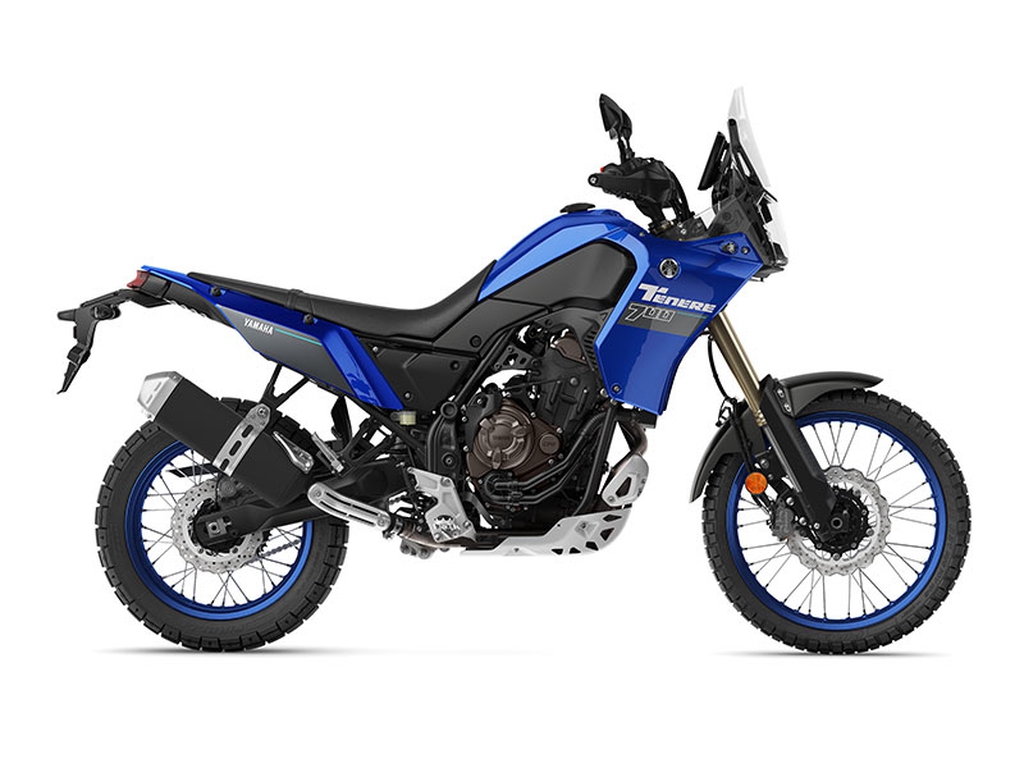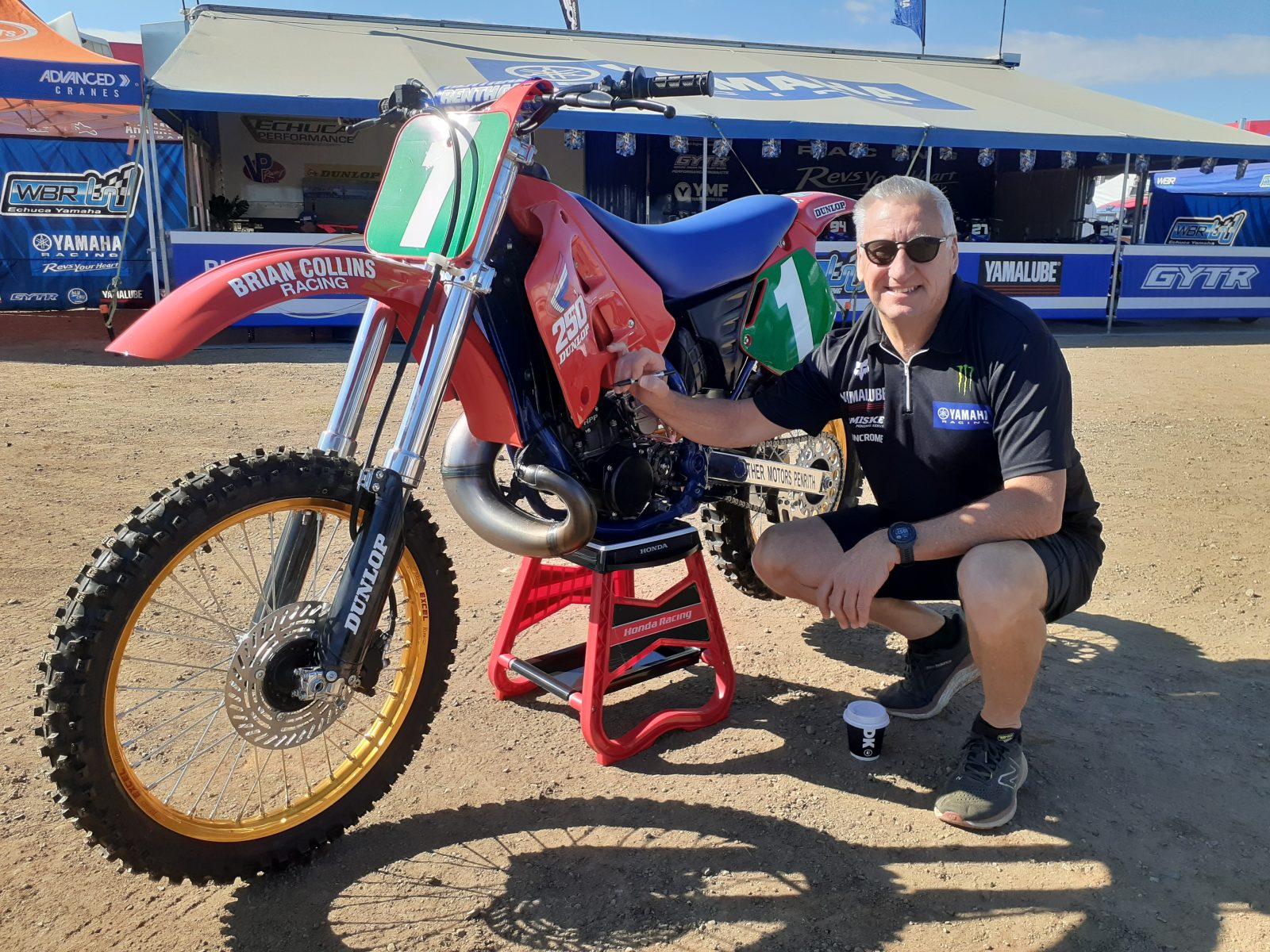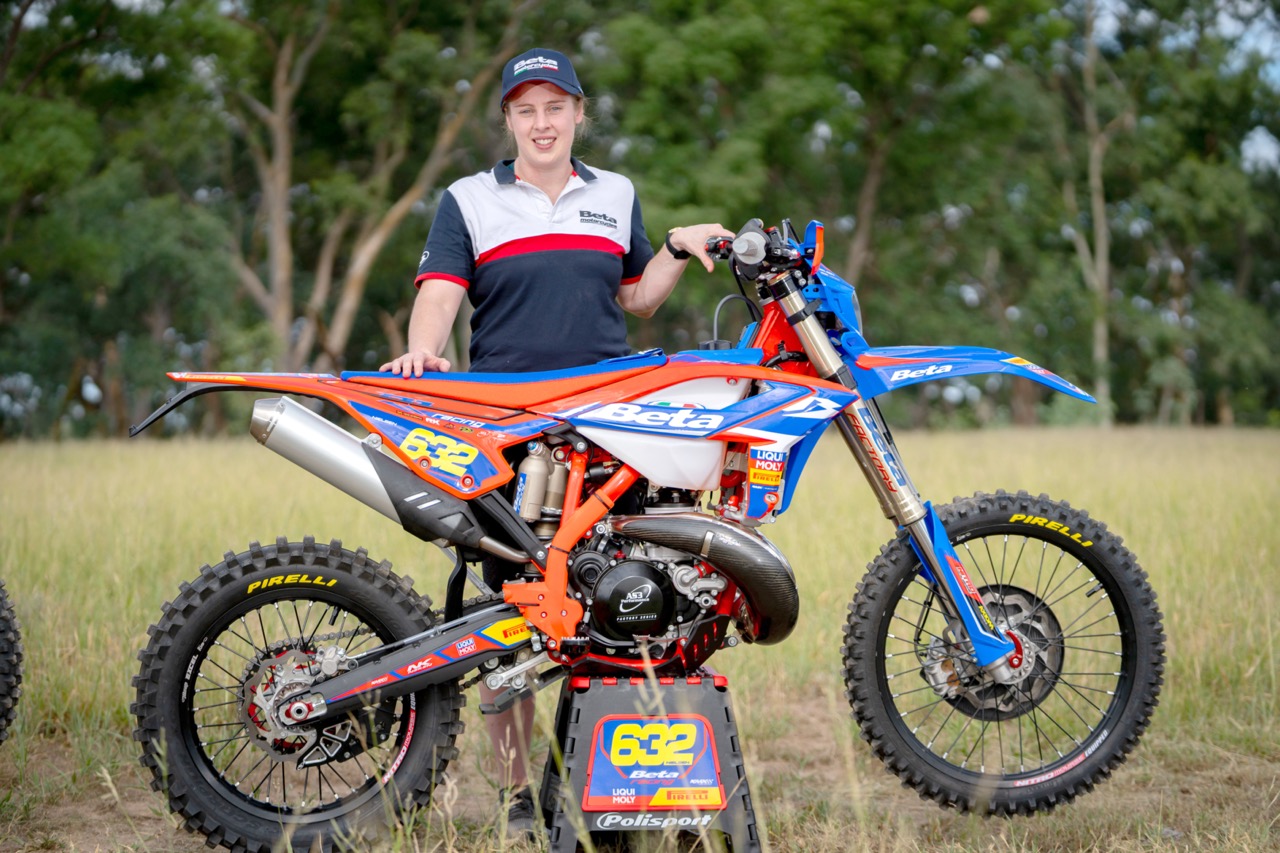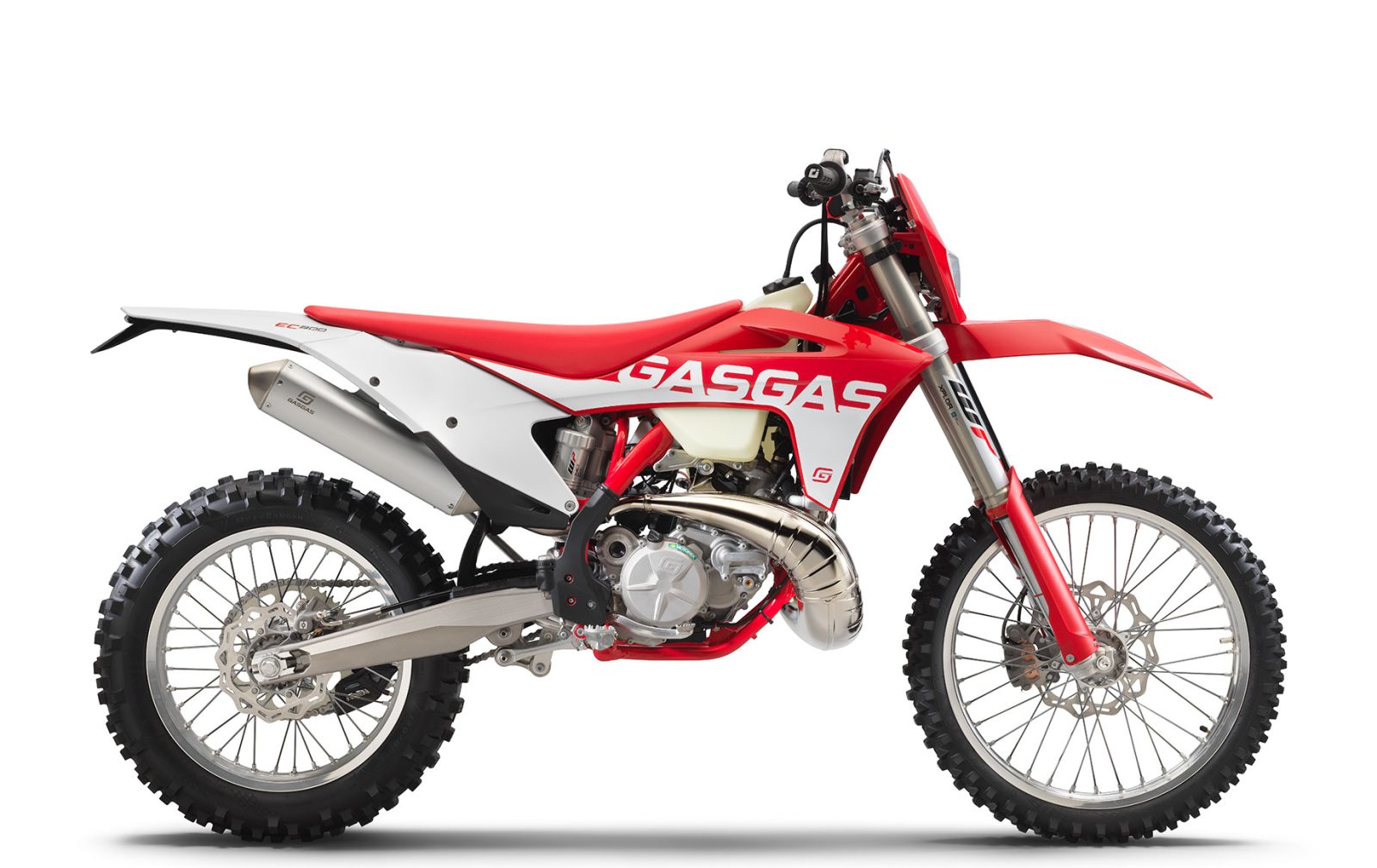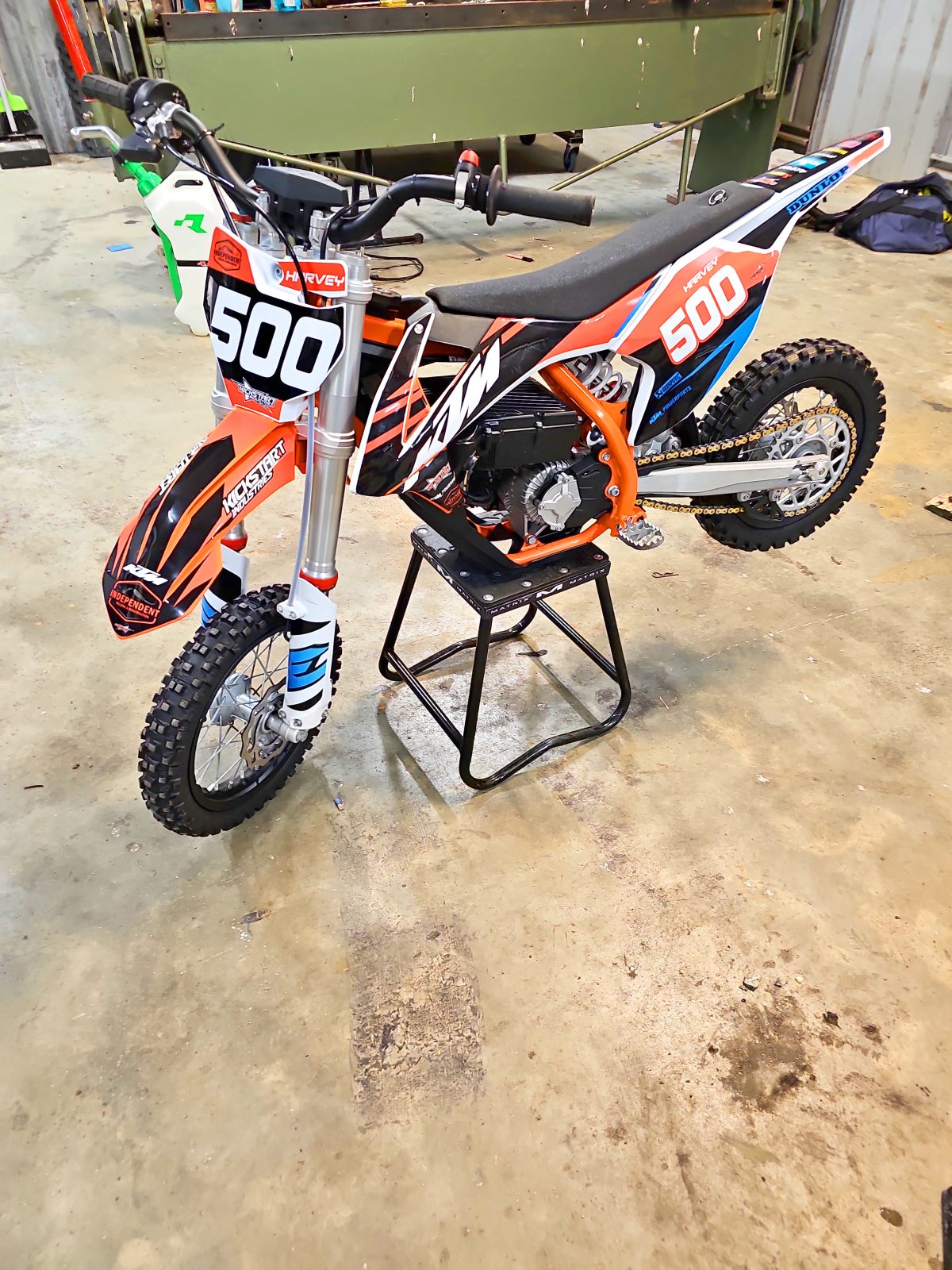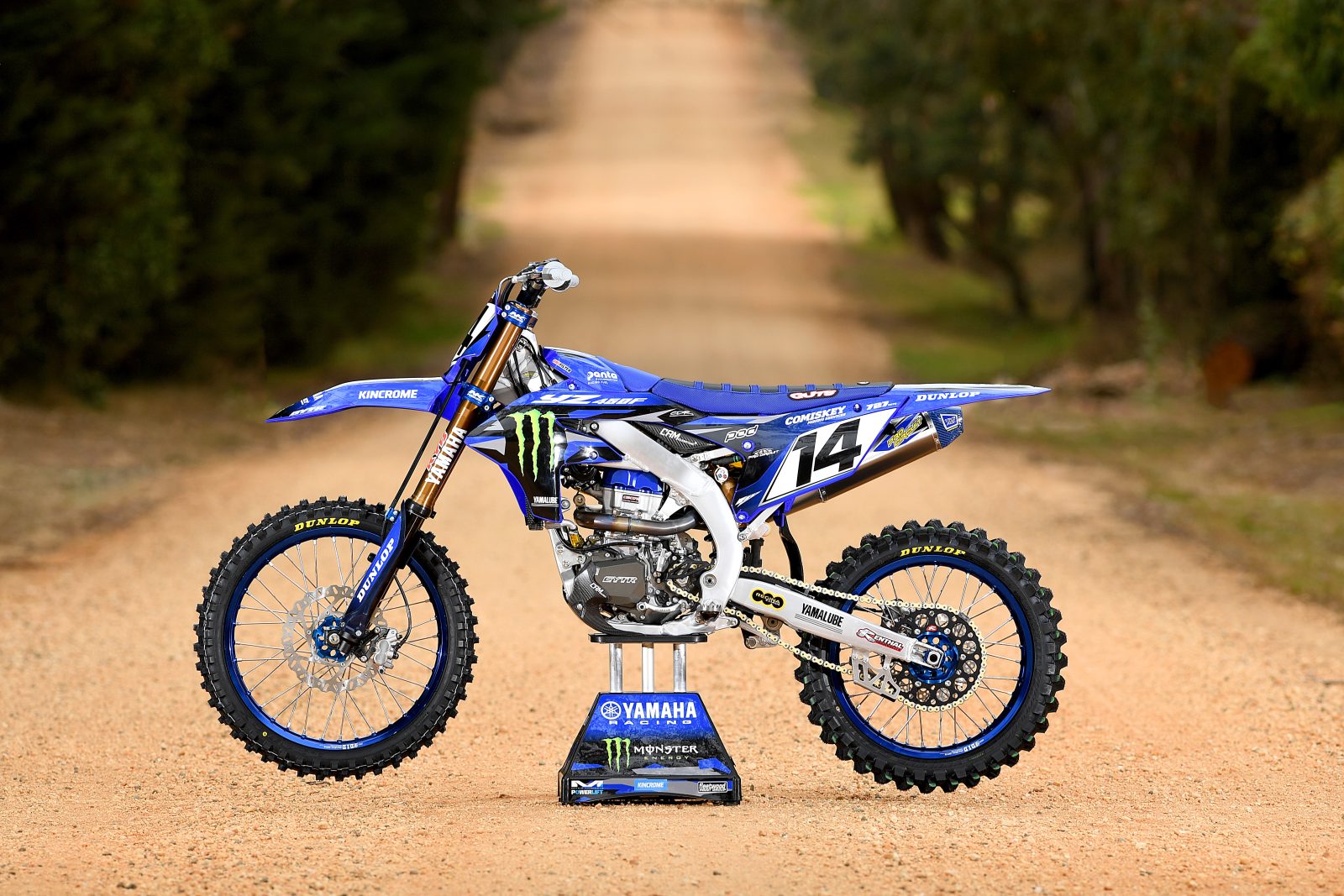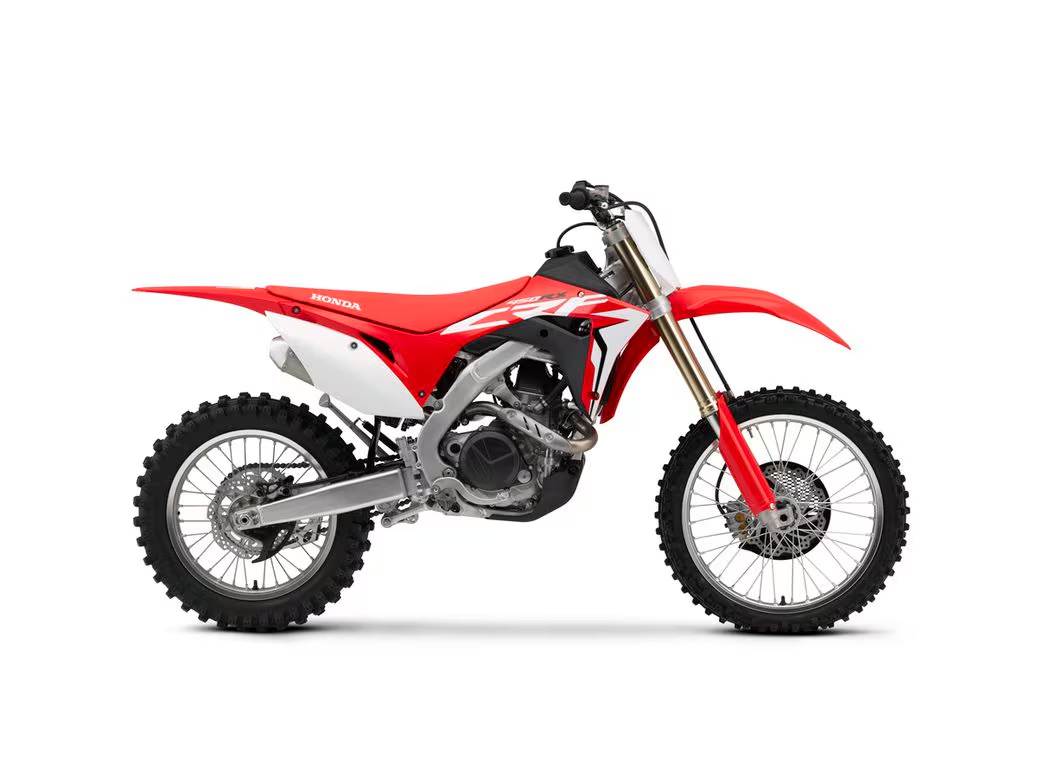Riding smart and choosing the right line whether you’re on a race track, fireroad or single lane trail will have a huge impact on how well you and your machine flow together. This results in less energy used and a safer, faster more efficient speed!
The fastest rider on any given race day or ride will not only be the one who has done all his homework in terms of pre-race preparation, but also the one who rides smartest – and a huge part of riding smart Is knowing which lines to ride.
Experience is the greatest help when it comes to choosing the best lines to ride. Until you gain that experience you have to learn to be smart, ride intelligently and learn from better riders.

SPOT THE DIFFERENCE
No two race tracks, trails or enduro special tests are the same. And if possible the best way to take a close-up look at a new track is to arrive early on race day and get out there on the track and walk it. Walking special test sections, and even videotaping them can let you discuss line choice with your team.

INSPECTOR GADGET
As you walk the track, look closely for the best lines that link each section together smoothly. The best line is generally the shortest line with the best traction from corner to corner. Take careful note of any obstacles such as trees, rocks, ruts, holes or bumps that might slow you down or throw you off line.

TRICK UP YOUR SLEEVE
Keep in mind that as the day goes on and the track roughens up, the shortest line between obstacles will most likely become the roughest. Keep some smoother alternate lines up your sleeve for the later stages of races when it’s getting rough and you’re getting tired.

STUDY LIKE A HERO
Many comers will have multiple lines, so take time to study them closely to decide which line you’ll use in practice. Smooth, rutted, doesn’t flow, too wide, need to stop start?

MISTAKEN IDENTITY
You need lines that will allow you to keep your speed up, and get you through as fast as possible, without making mistakes. If you make mistakes, you will lose momentum and thus lose heaps of time trying to get back up to speed again.

CRYSTAL BALL
Try to think two or three comers ahead to help maintain your momentum. It’s no good finding a great line through a long section of whoops if it then delivers you on the wrong side of the track for the following corner. Likewise there’s no point taking a tight line out of a comer if it steers you toward the next jump right where there’s a nasty kicker at the top of the take-off ramp.

RAILWAY TRACKS
Also look for any small ruts or grooves that will help guide you around tricky comers, especially off-camber sections where it’s all too easy to lose the front end. On wet race days, where finding traction will be at its toughest. You should also work the edge of the track that is not yet dug up and sloppy and thus offers better traction and a faster line.
DON’T FORGET!
A tight line will usually use less energy, which is important during a long race when you should definitely be riding smart.
A common mistake is to square-off corners, which means slowing to a virtual stop by skidding the rear wheel, turning the bike and then accelerating away. Instead look for smoother, flowing lines that allow you to maintain your flow and momentum.
Don’t turn off your brain in practice and merely ride the same lines around the track, lap after lap.
Don’t race other riders during practice. Experiment and try different lines.
Chase a faster rider and learn from his choice of lines.
WORDS // STEPHEN GALL
